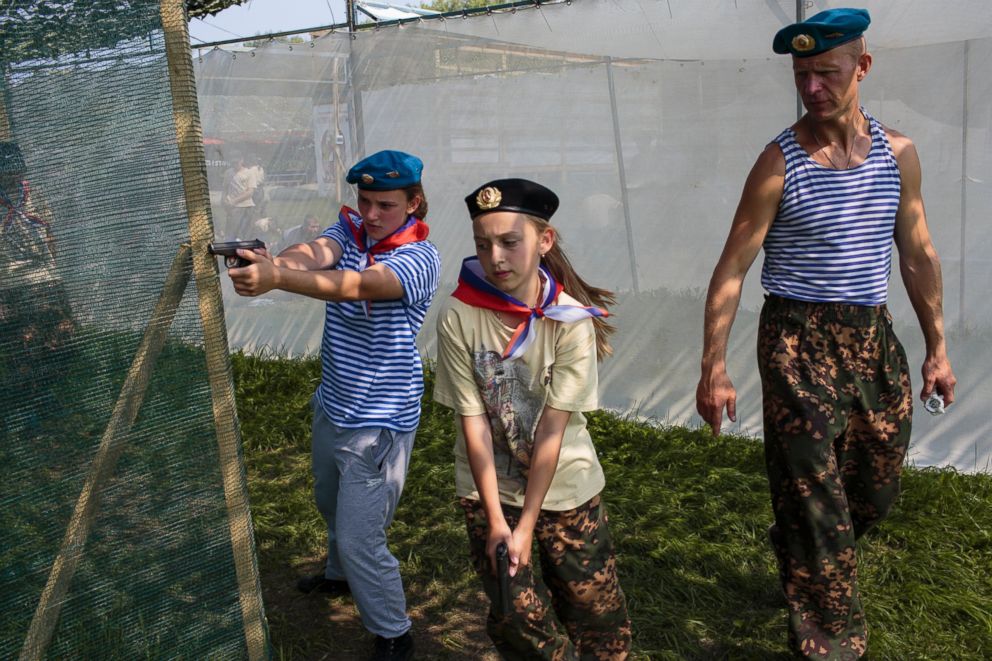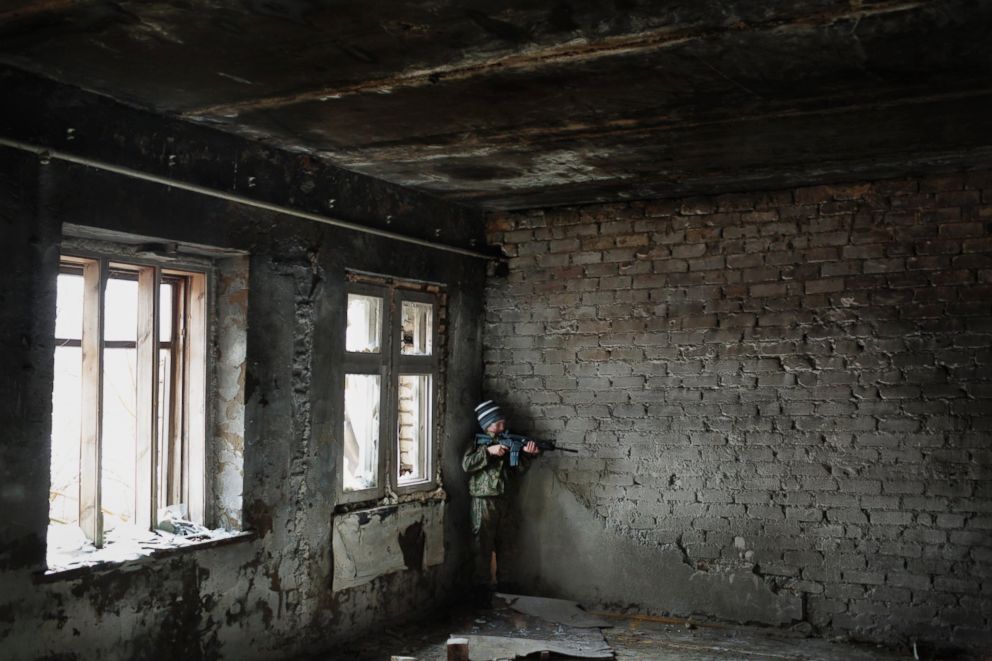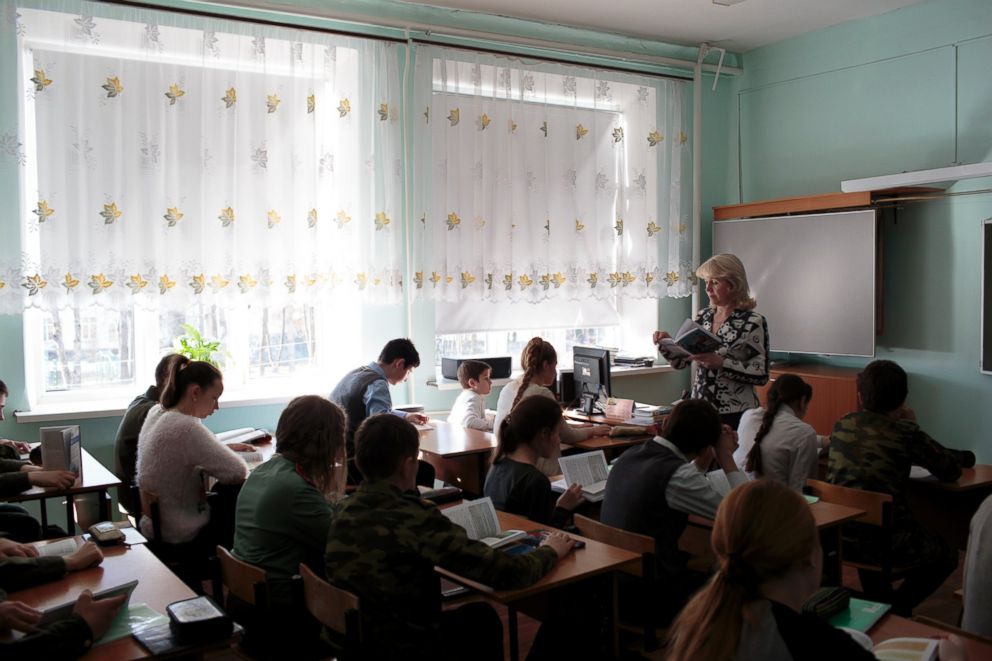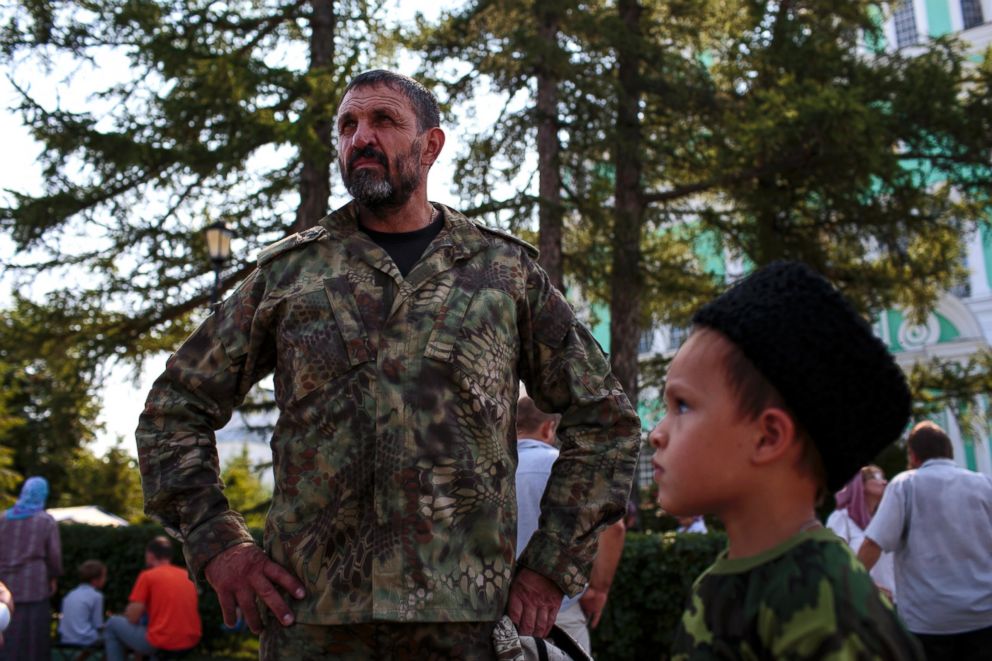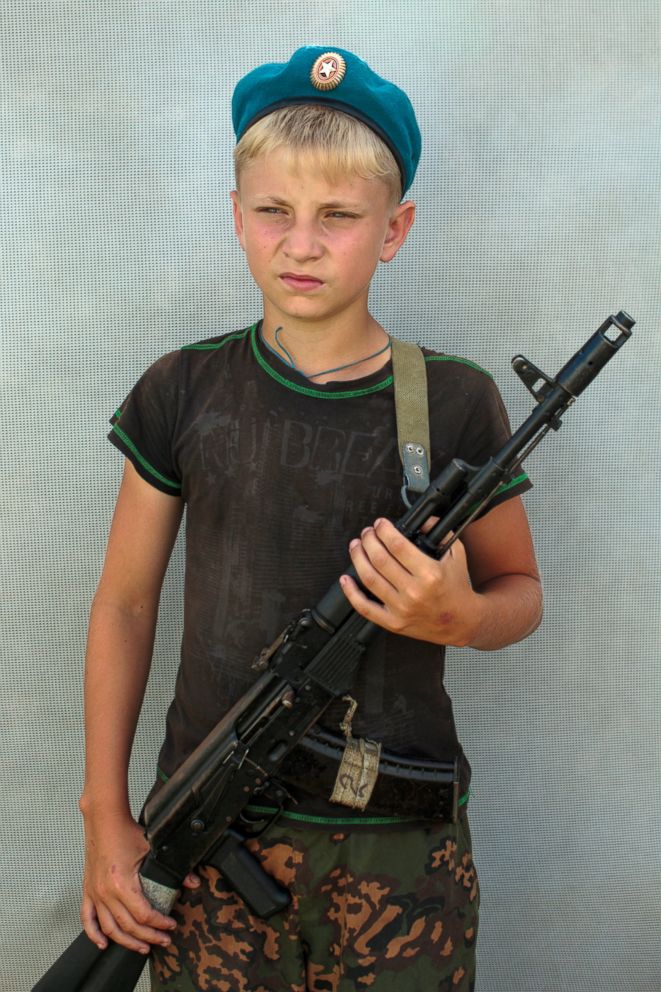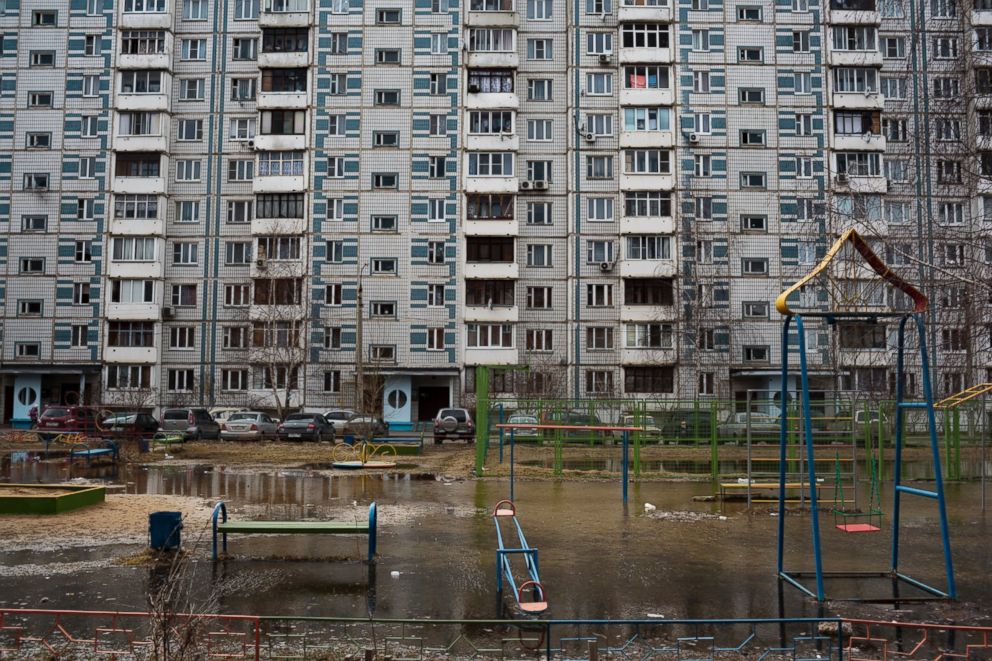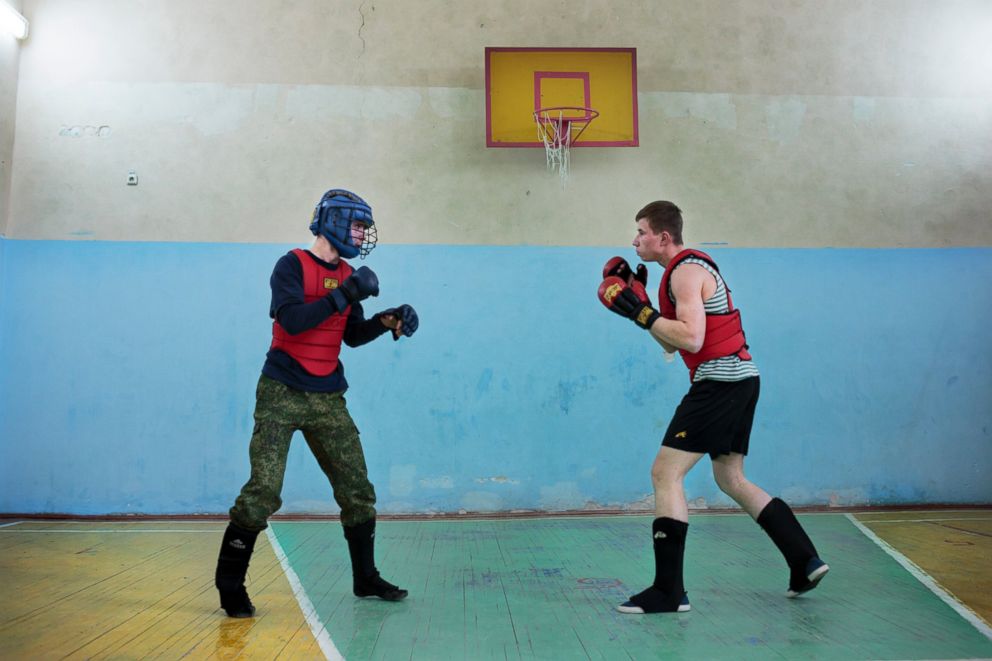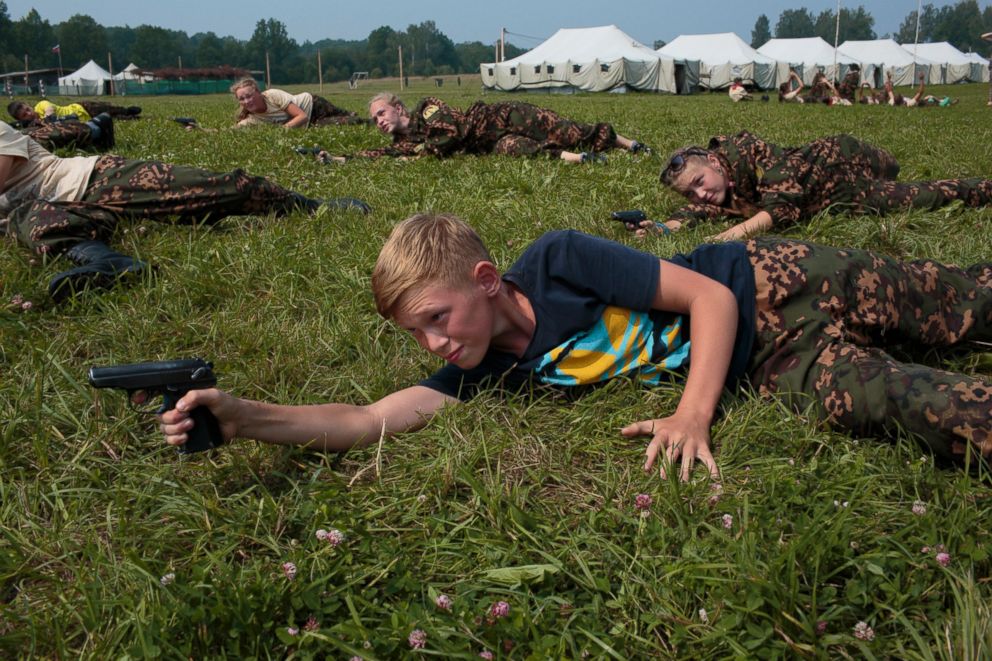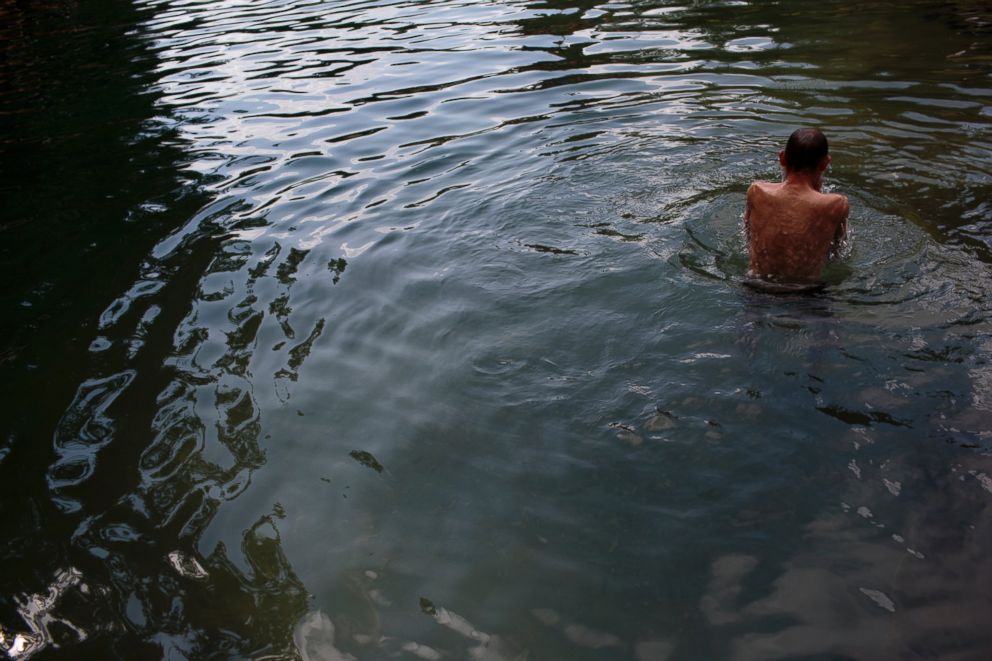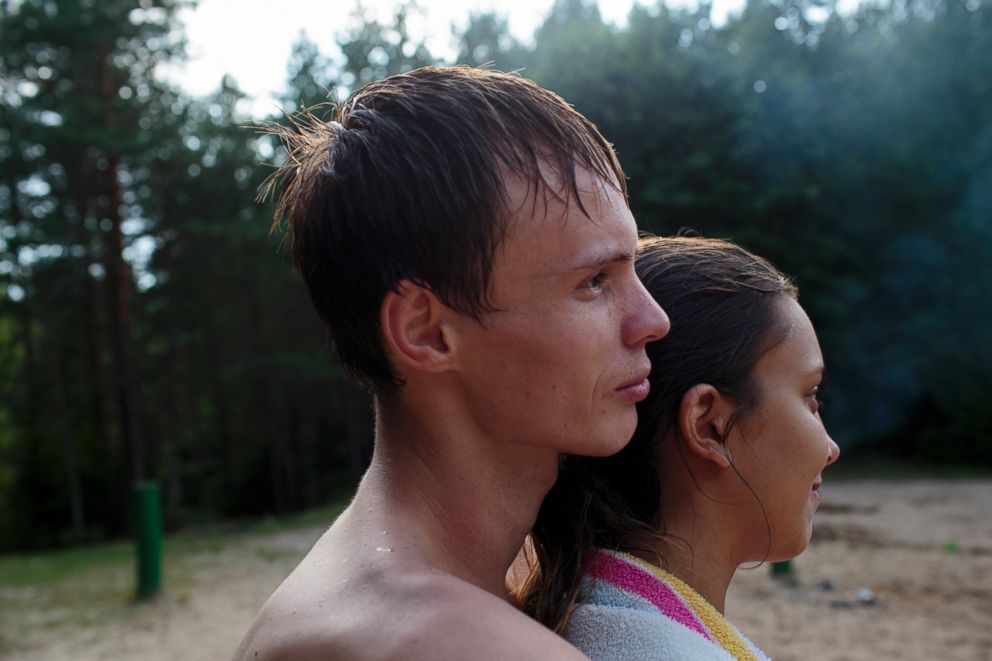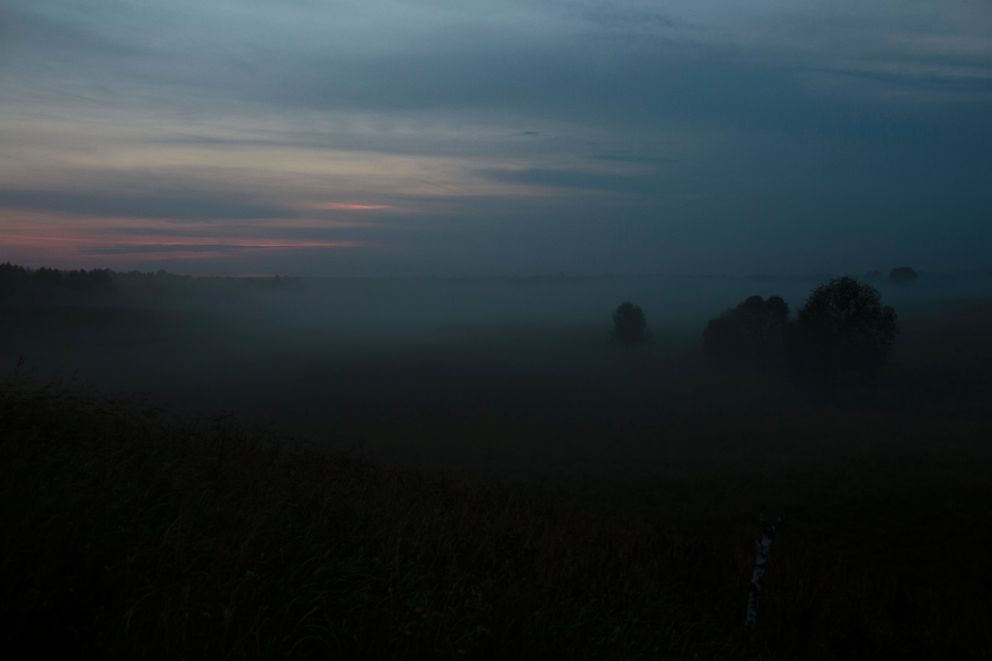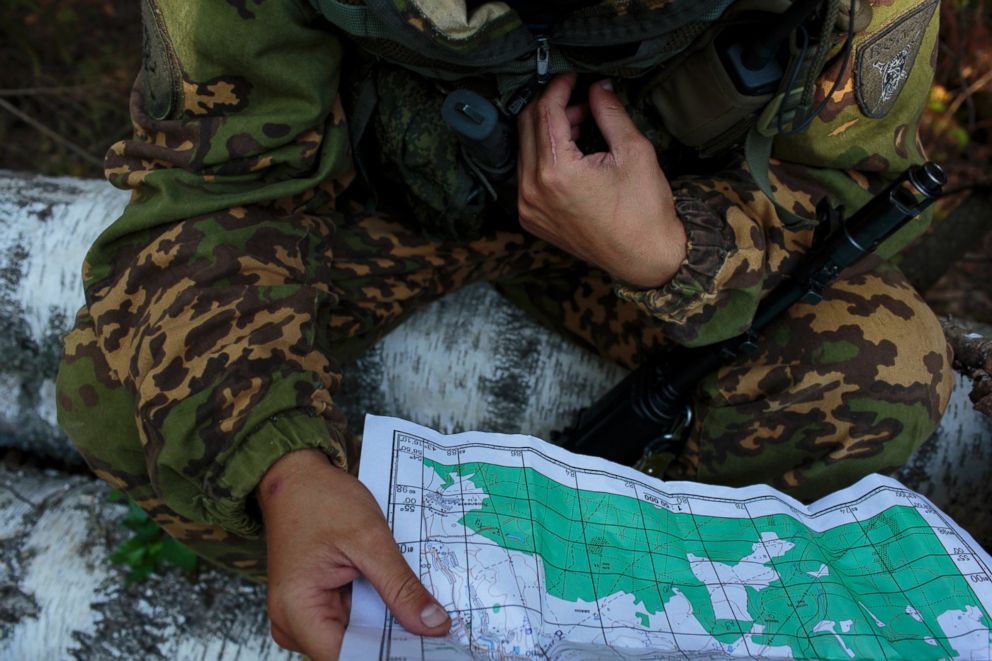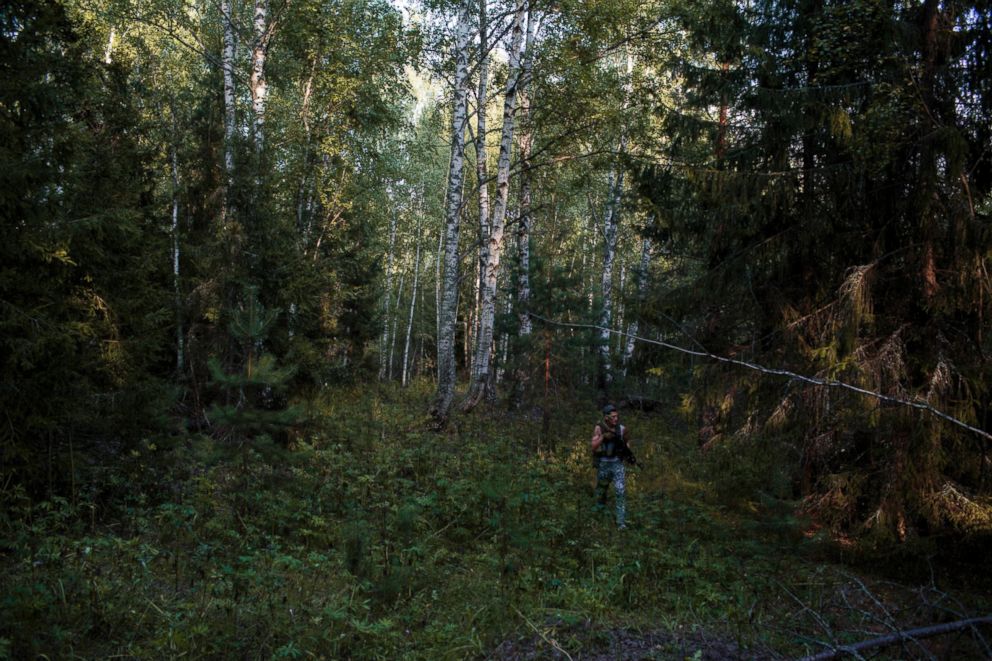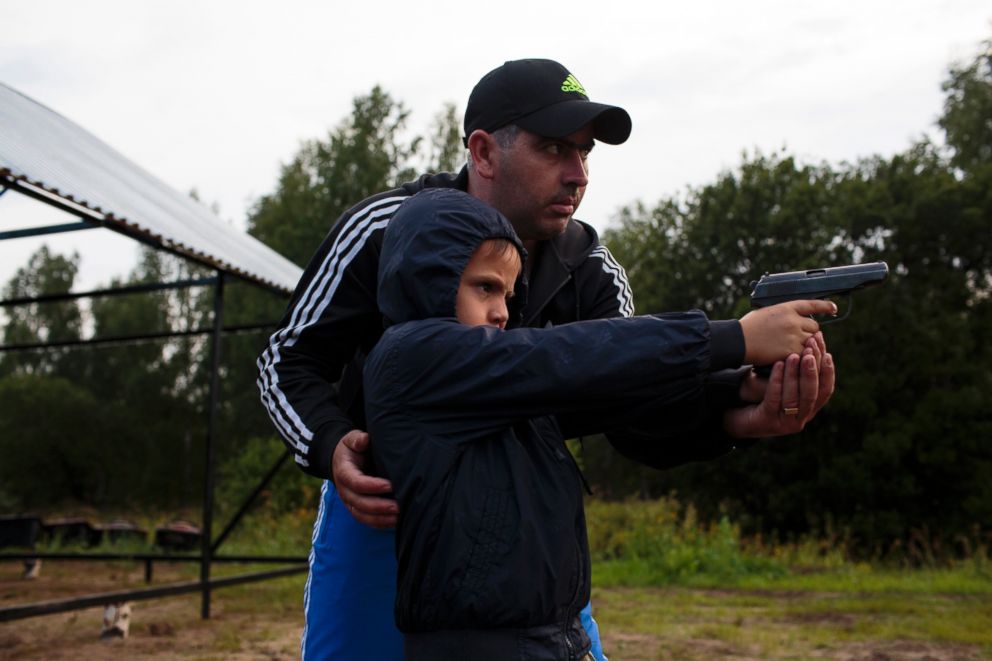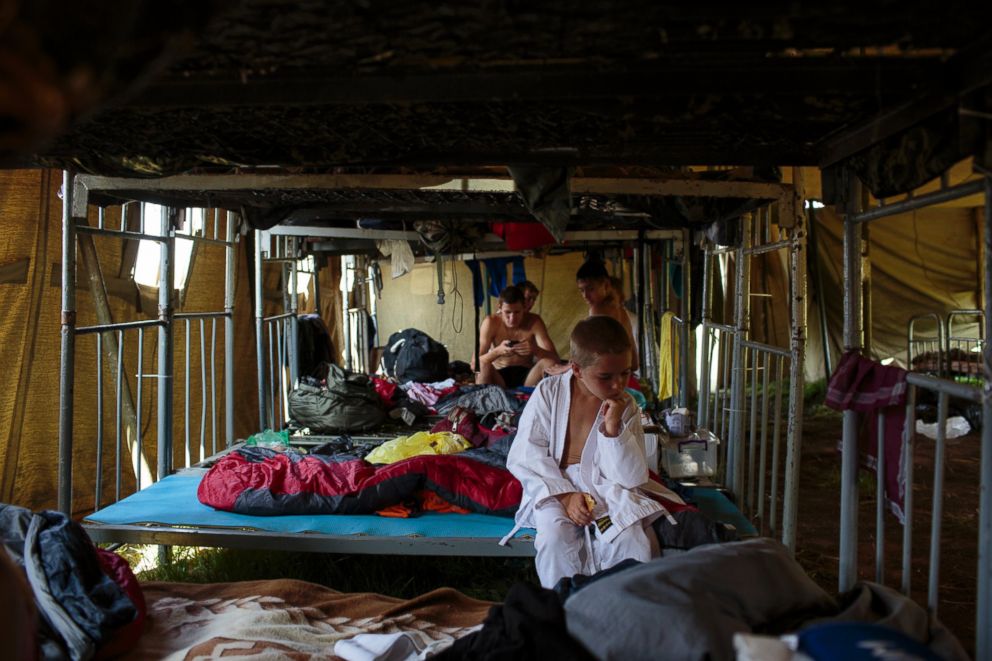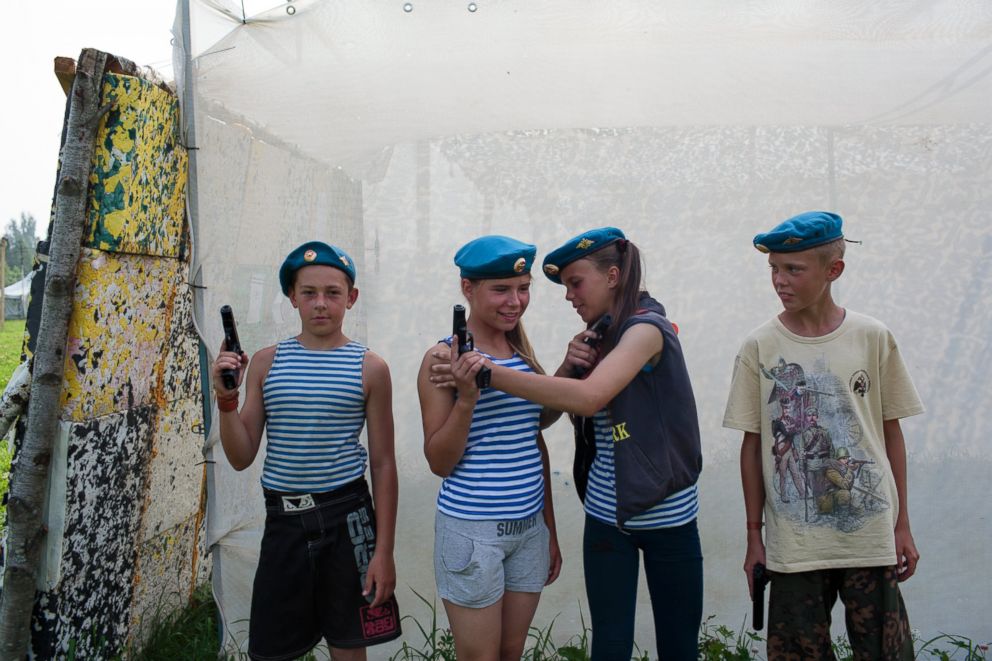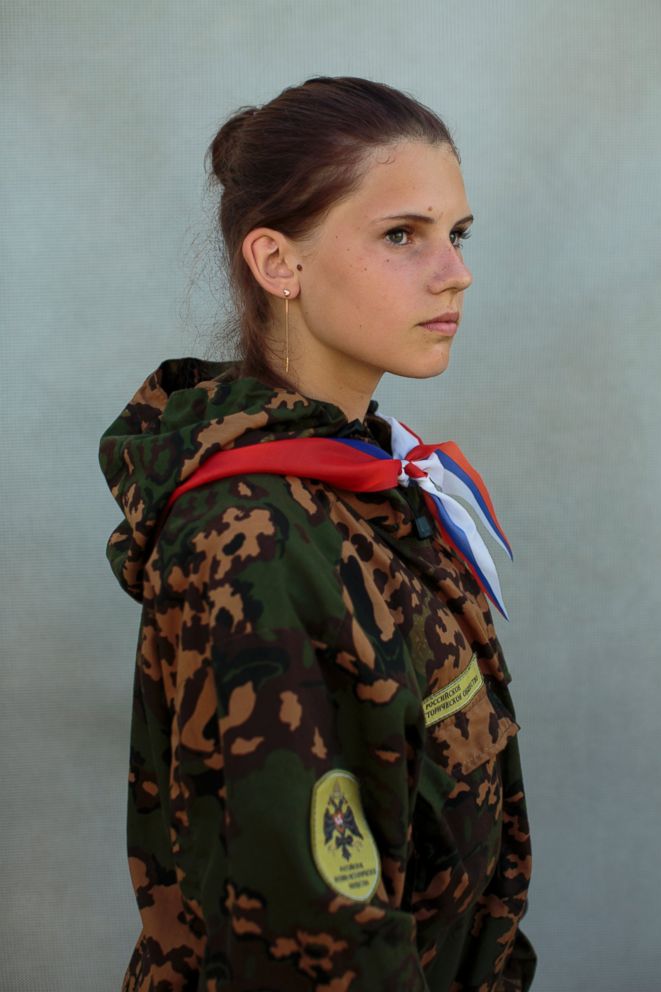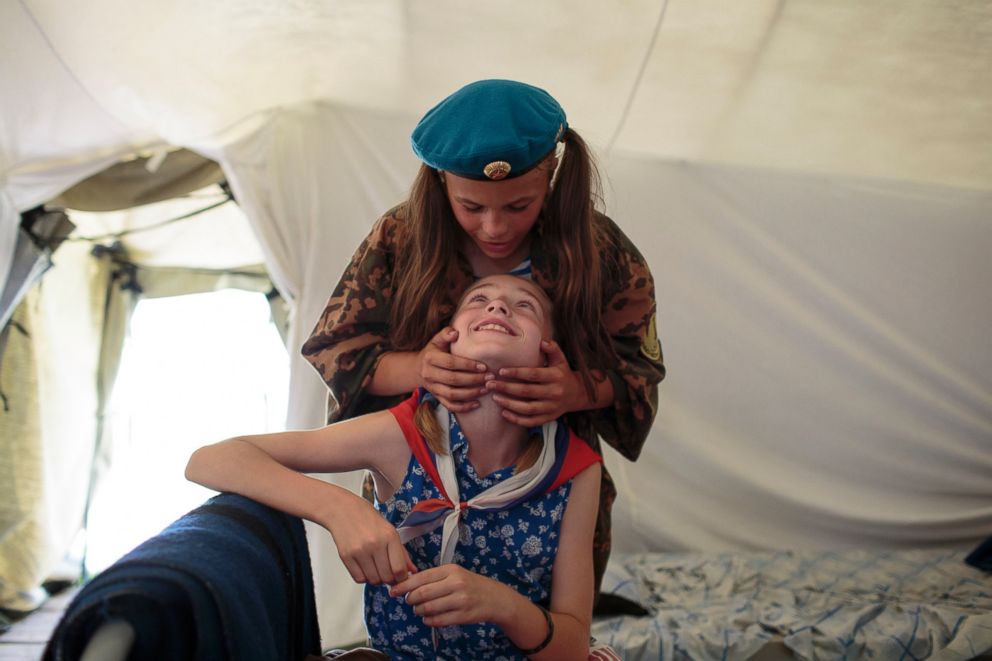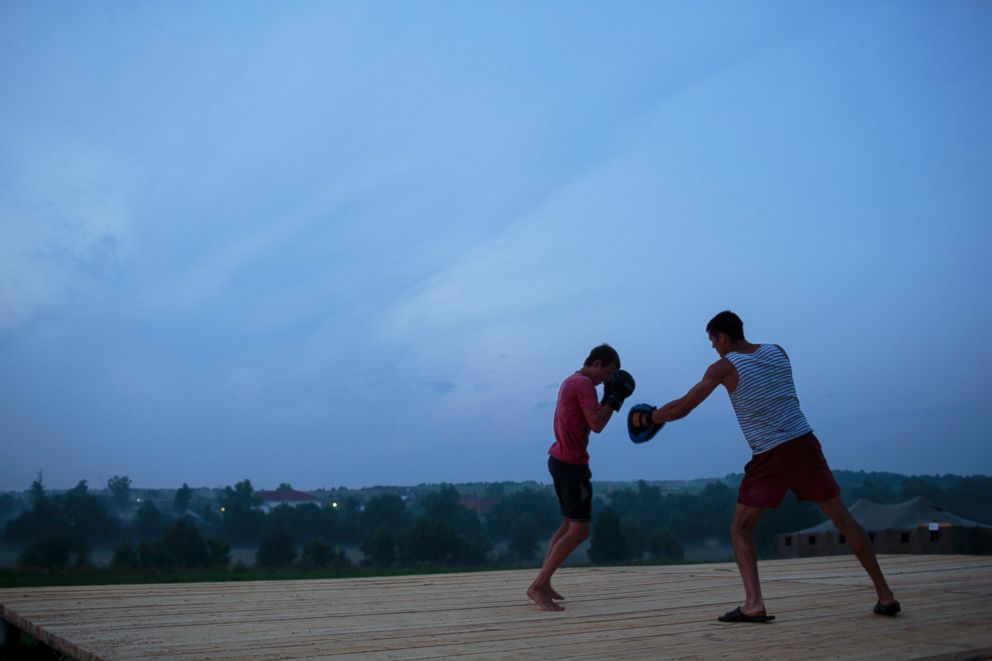Toy Soldiers: The Next Generation of Patriots
Patriotic programs are made available through public schools and summer camps.
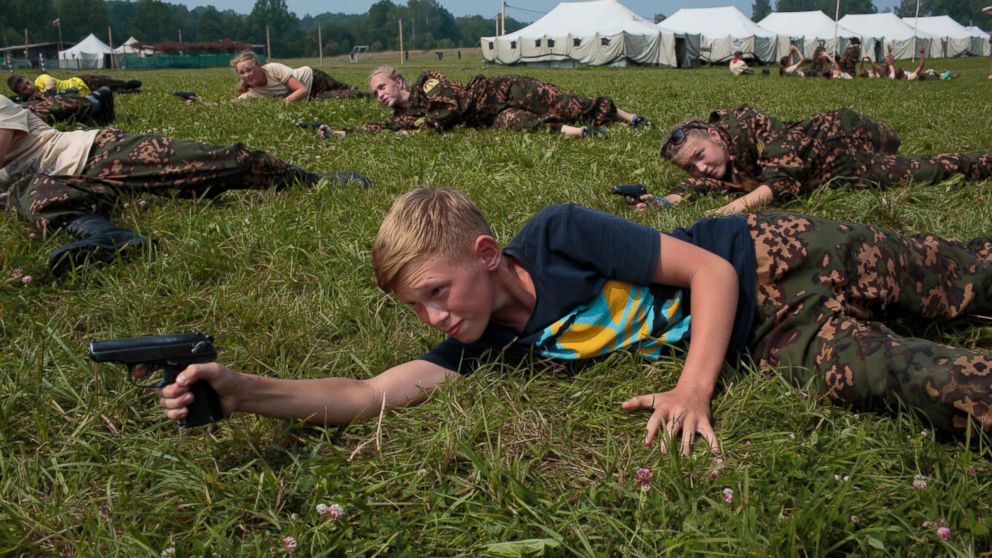
— -- For photographer Sarah Blesener, it was an unusual sight to see. Children, some as young as age 11, were dismantling AK-47 rifles, learning details of military tactic and mastering how to properly dress in biohazard suits inside of a public school just outside of Moscow.
Toy Soldiers: The Next Generation of Patriots
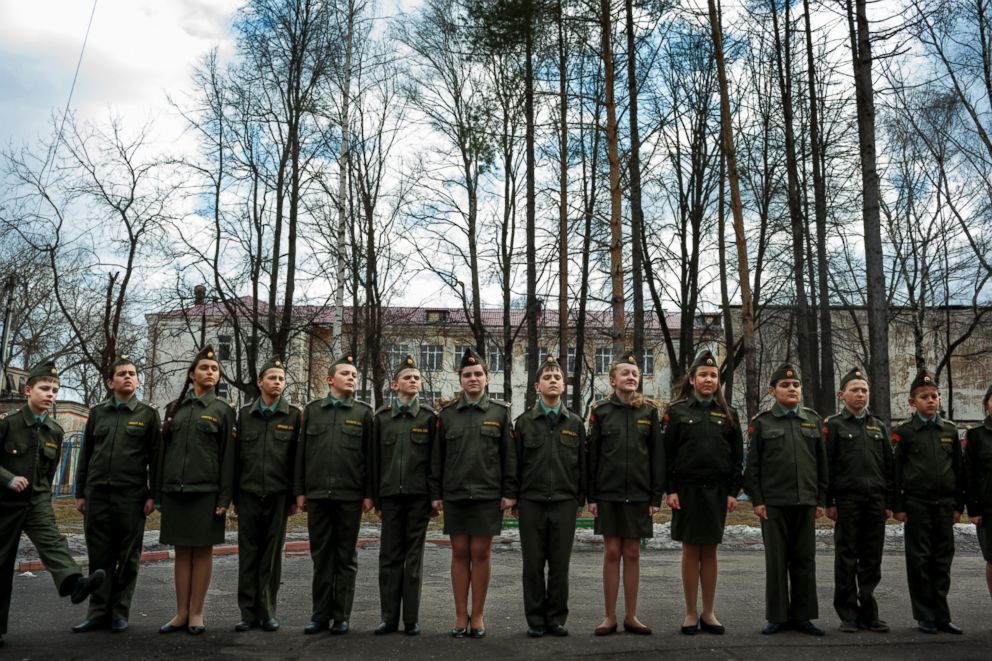
It was part of an elective military education program that has more than 200,000 participants between the public education programs and patriotic clubs. In 2015, the Russian government proposed a program that aims to achieve an 8 percent increase in patriotic youth and a 10 percent increase in new armed forces recruits over a four-year period. Blesener soon began researching and documenting these camps where children learn military history in an immersive and participatory environment.
Similar to ROTC programs and cadet schools in the United States, these camps are common for children to attend during breaks from school and Blesener describes it as an atmosphere similar to a boot camp. Although Blesener sees the children’s interest in these camps as natural – especially in the context of adolescent socialization - her photography also speaks to a more nuanced conversation of nationalism and intergenerational war.
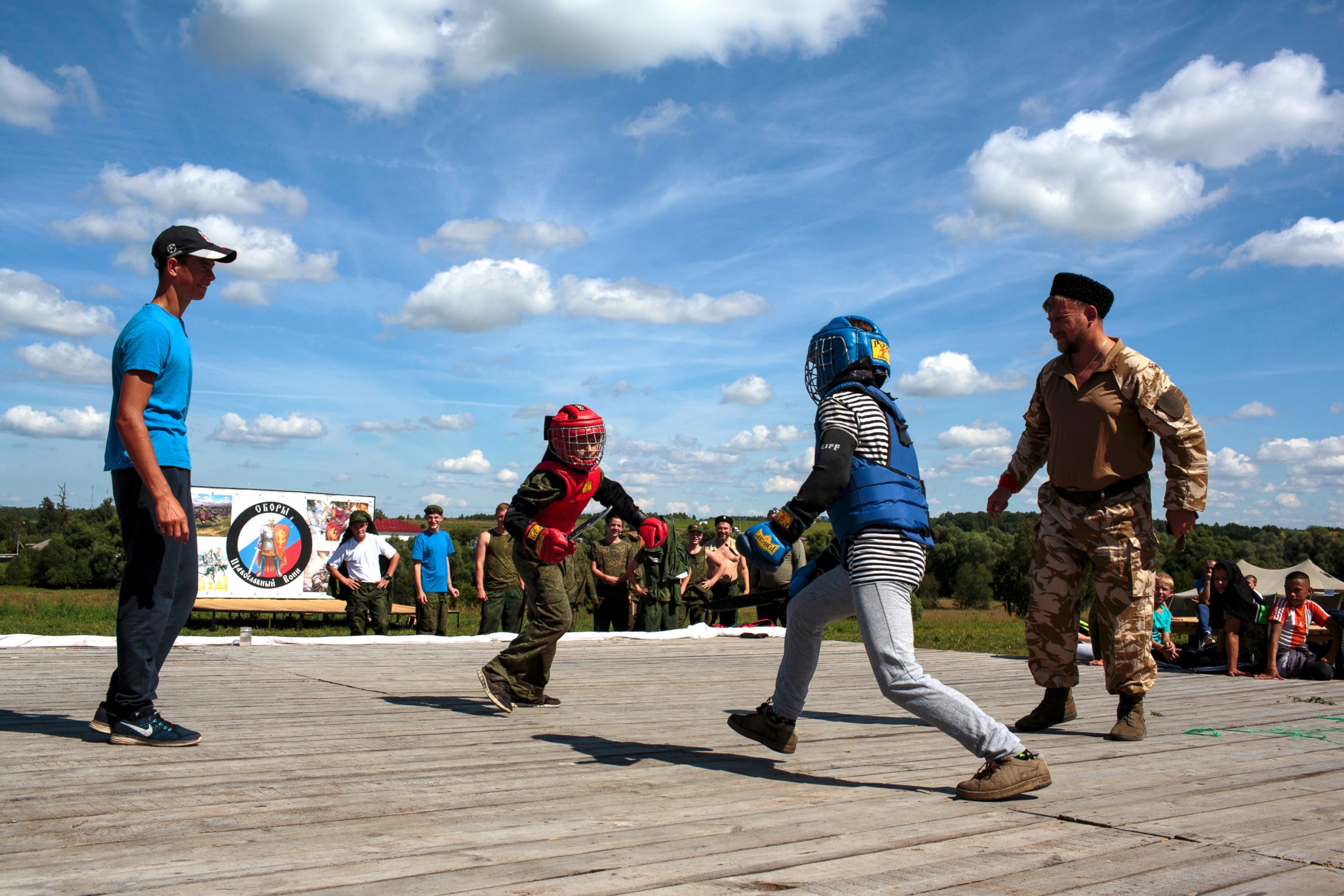
“I find the rise of global nationalism to be incredibly disturbing, and it is what fuels much of my research and photography,” said Blesener.
Blesener studied documentary photography at the International Center of Photography in New York and began her career photographing the ways ideology is formulated during adolescence.

She started her day with the campers; activities commenced at dawn. The students marched immediately to drill, followed by singing of the anthem and on to breakfast. While some campers came from cadet schools, the majority of the campers had no previous experience with military education. Many parents were surprised by some of the children’s enthusiasm for these exercises.
“They were proud of their country, proud of their history, and didn’t seem to question much of their patriotic training,” said Blesener.
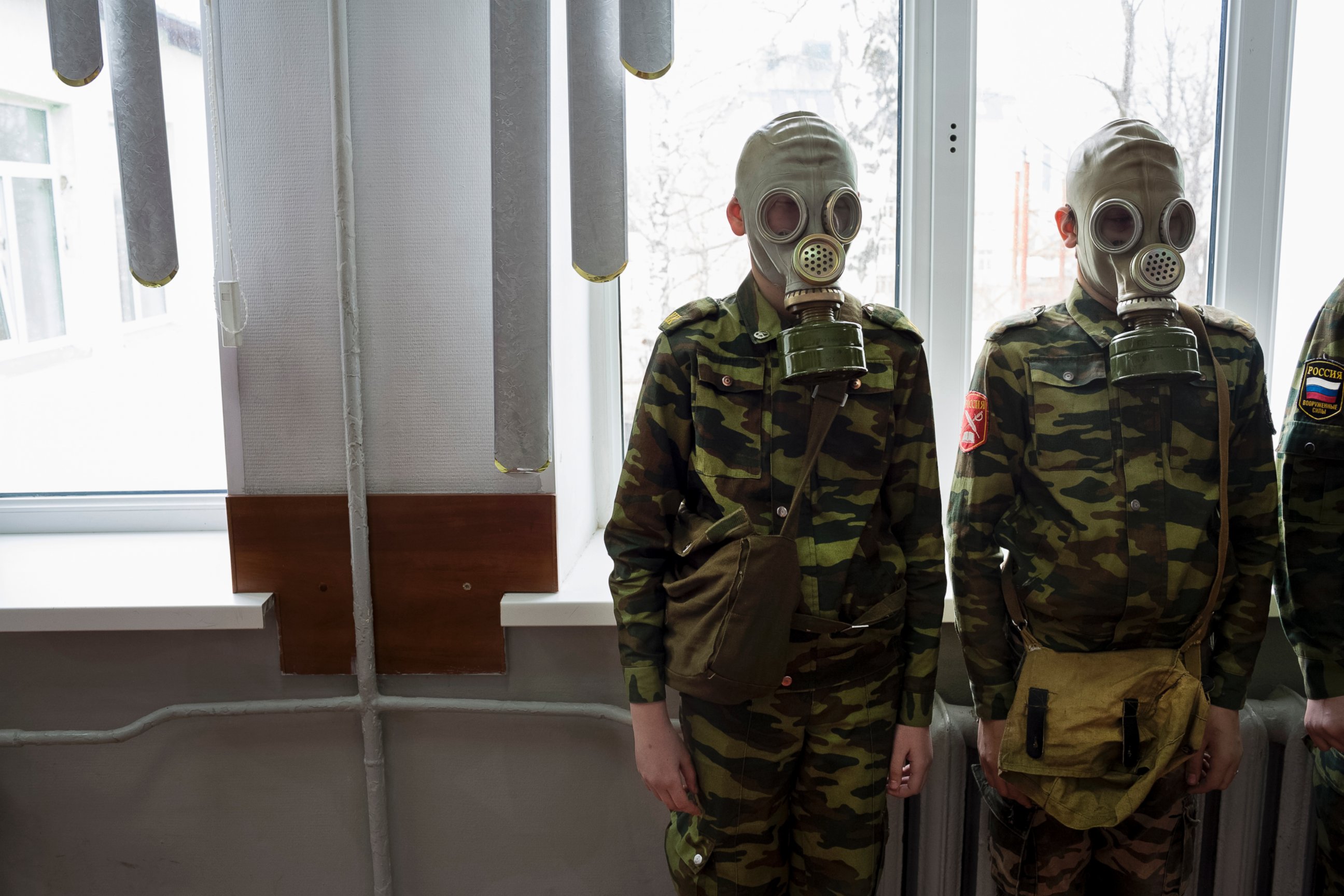
Blesener does not see this type of patriotic training as unique to Russia itself, and after spending time in Russia and Ukraine, Blesener sees this as more of a global phenomenon.
“Nationalistic rhetoric, border protection, xenophobia, immigration and patriotism filled the news not only in the United States but also across the globe, ranging from events such as Brexit, the Syrian refugee crisis, the current war in Ukraine and others,” said Blesener. “On an ideological level, the rhetoric is very similar and parallels with that in America.”
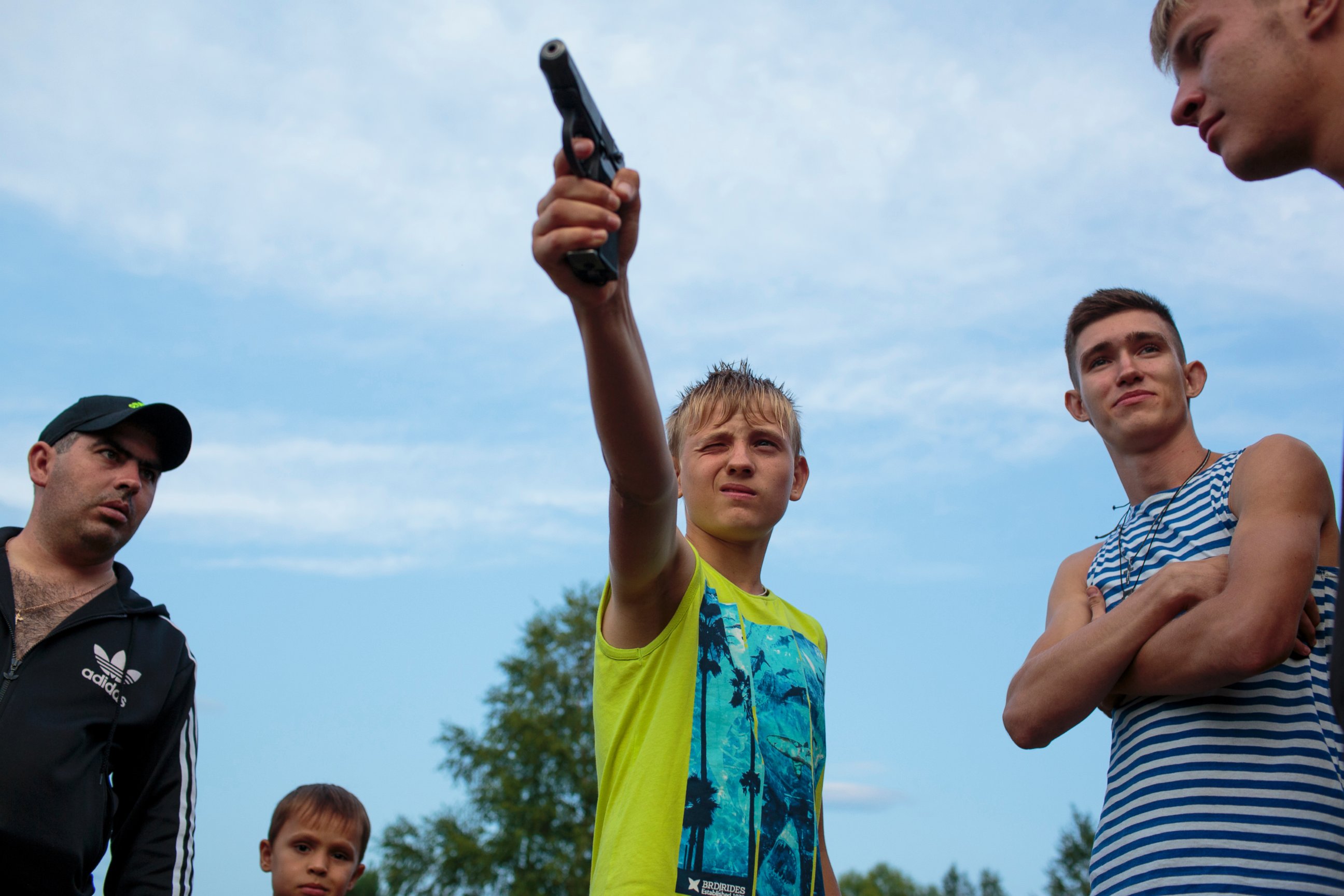
With regard to the current election, many of the children Blesener is in contact with have expressed some optimism in America’s future. She said they expressed hesitancy at many of Trump’s rhetoric but were hopeful that the U.S. would continue on a path of friendship with Russia, especially with regard to sanctions and aggressive discourse in the media.
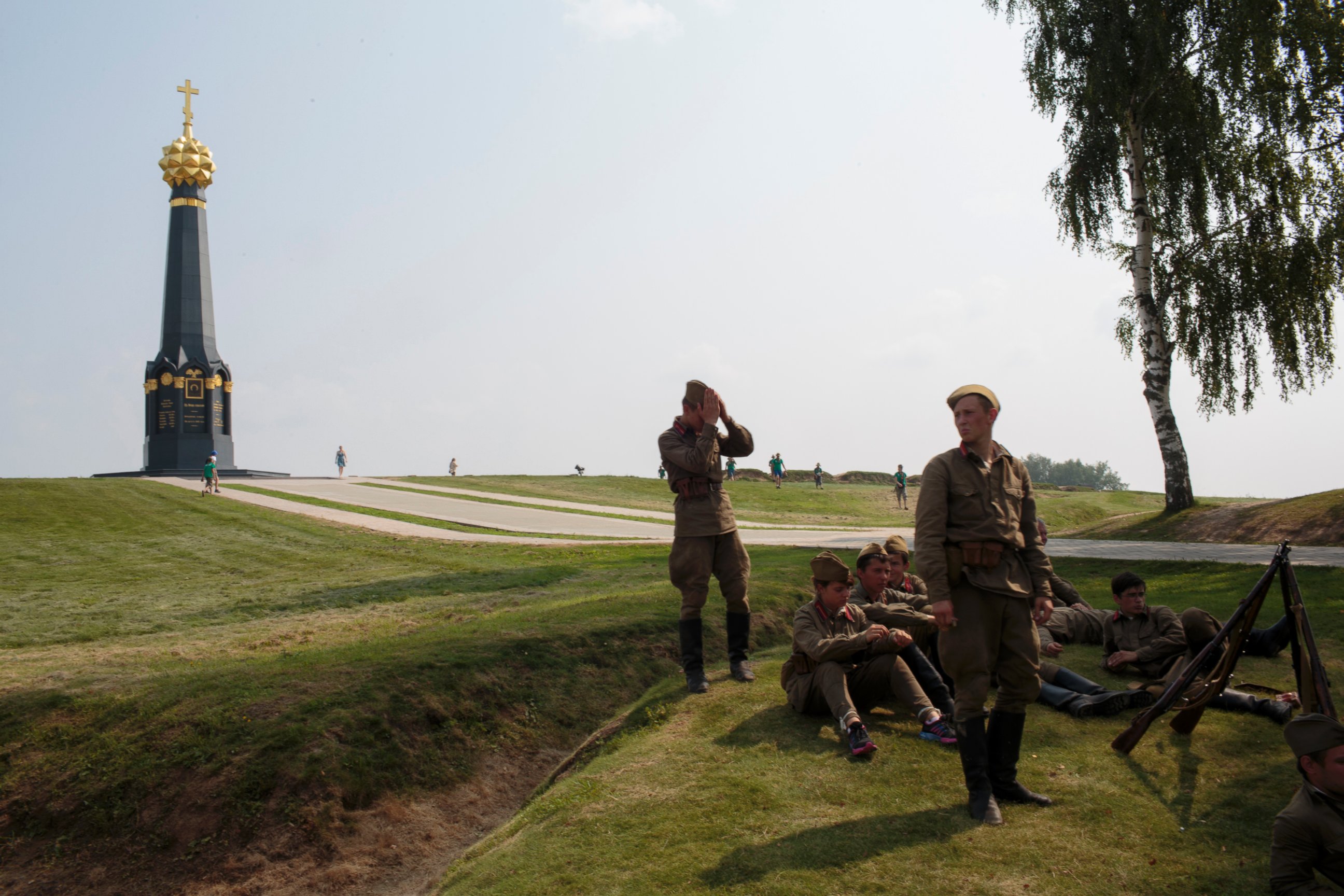
Most striking about these images is the mature concepts constructed into games and competition that replicates common adolescent experience. Campers are seen laughing and dancing with friends juxtaposed directly with drill lines and a conditioned stoicism. This gradation in the content of the photographs tells a story larger than one country’s next generation and draws a clear parallel to America’s concept of patriotism.
“I try to be optimistic for the future, which is why I most often photograph and do projects about youth and adolescence. I have to keep documenting and putting together a global society I find very confusing, somewhat like a puzzle, and I will see what I discover,” Blesener said.
